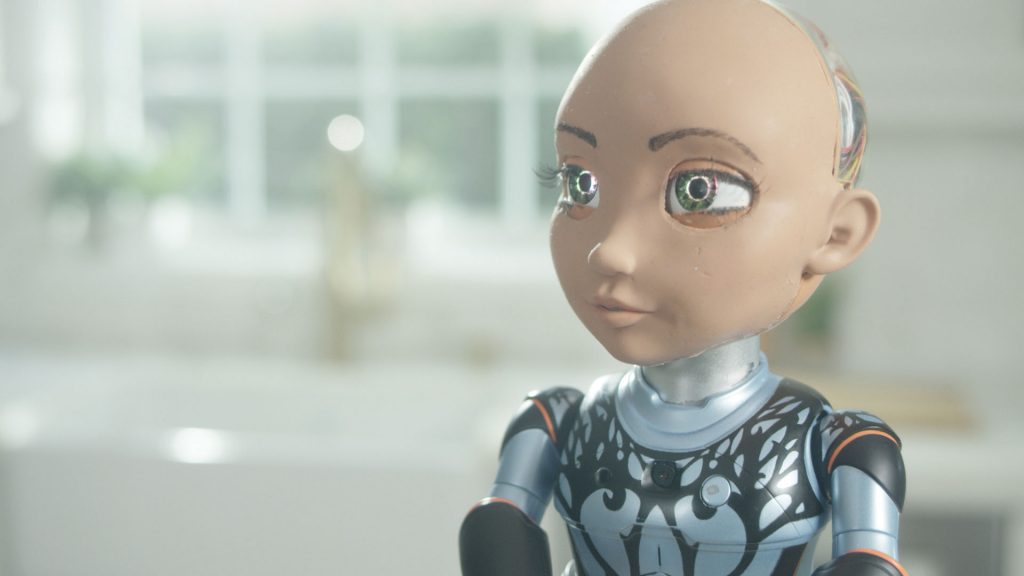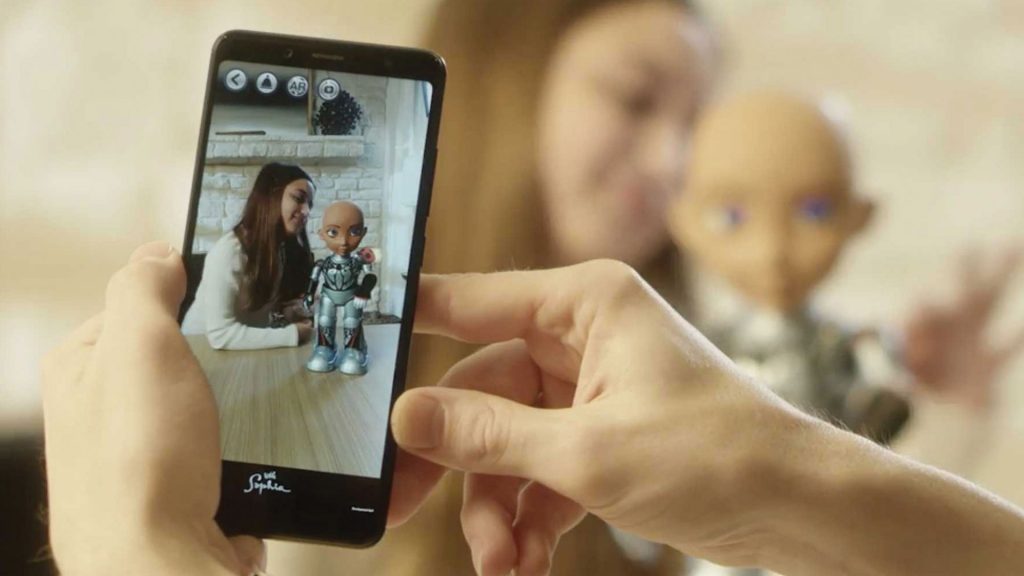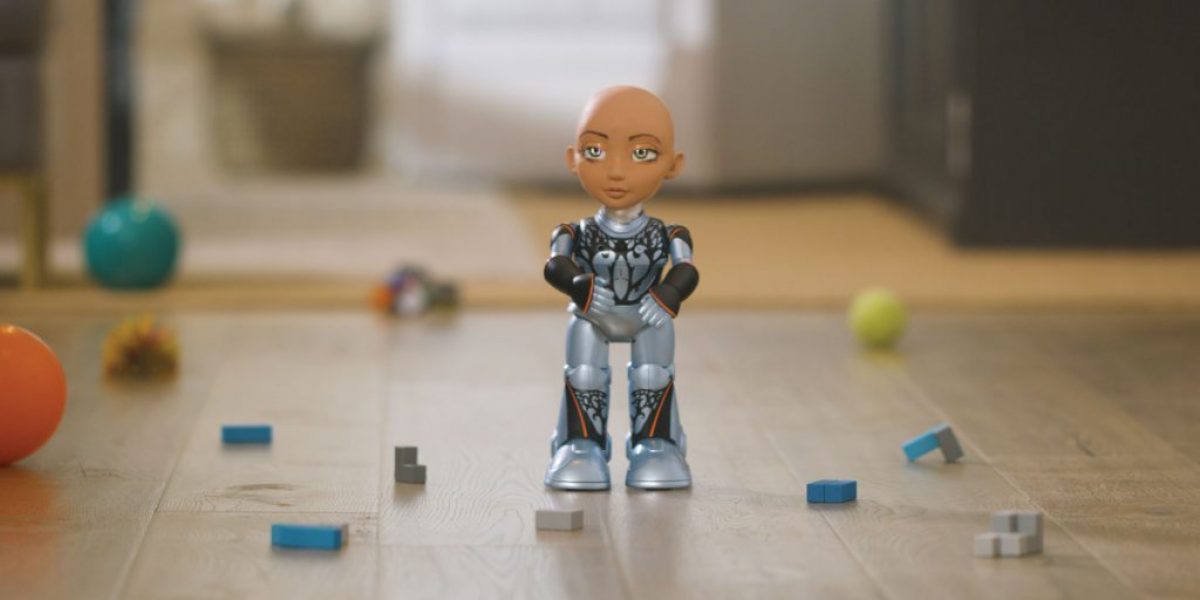The Robot Getting Girls Into STEM
A STEM workplace is one that focuses on one or more of the disciplines of science, technology, engineering and mathematics. The unconscious bias connected to this statistic in such a growing workplace around the world needs to change, and it might be getting a bit of help from a little friend.
We are all fed the idea that in 100 years or so, we’ll be living in a world alongside artificial intelligence where we co-exist with life-like robots that can talk, walk and think just like us. In Hong Kong in 2016, Hanson Robotics launched this initiative with Sophia, a highly intellectual robot who learned AI as she went, heralding in a new age of technology.

Sooner or later, the younger generation too will be writing code and creating their own robots.
Little Sophia, a 35cm ‘sister’ version of the original, was welcomed in to the world last month with the intention of helping young girls in Generation Z learn to code and become experts on STEM subjects. Little Sophia closely resembles a real-life young girl and is the first commercial robot to share the facial features like that of a human. Little Sophia has a wide range of facial expressions, facial tracking, can maintain conversations, follows audio commands and helps children learn science, technology, engineering and mathematics in preparation to follow a career in STEM. With initiatives like this, it may not be in the far distant future that we’ll begin to see the face of STEM changing.


